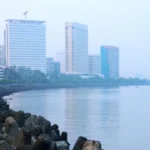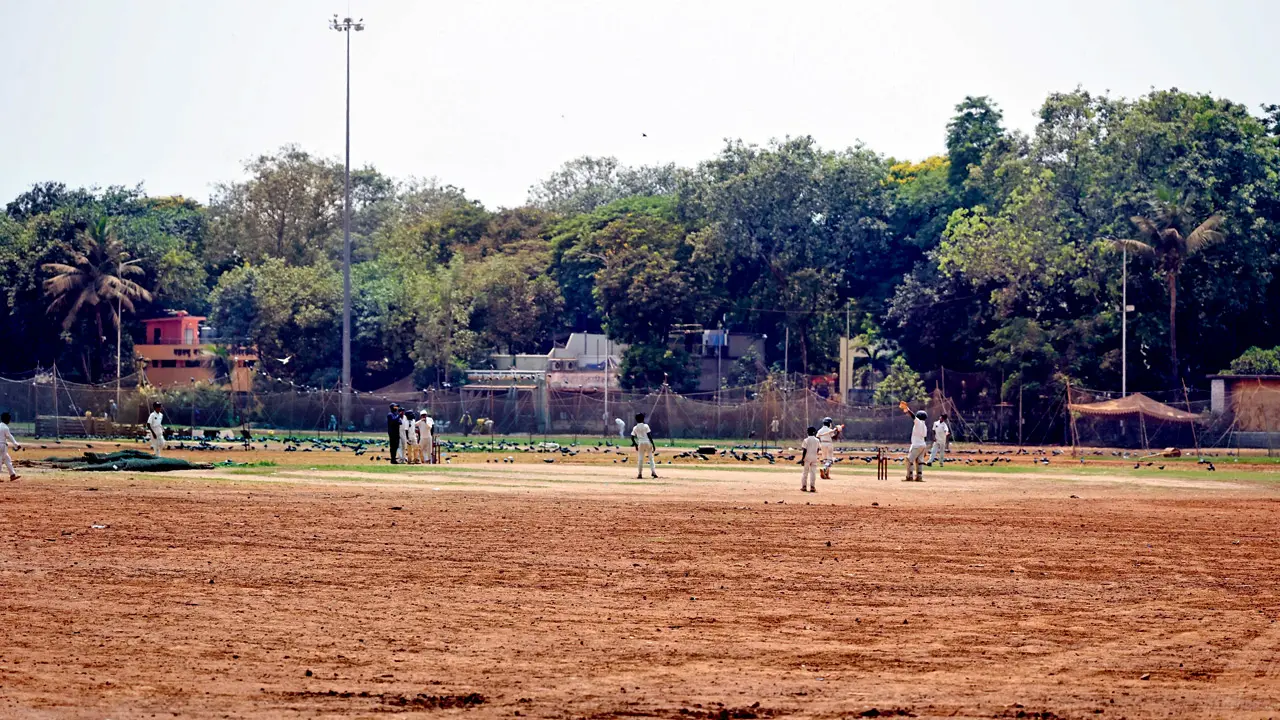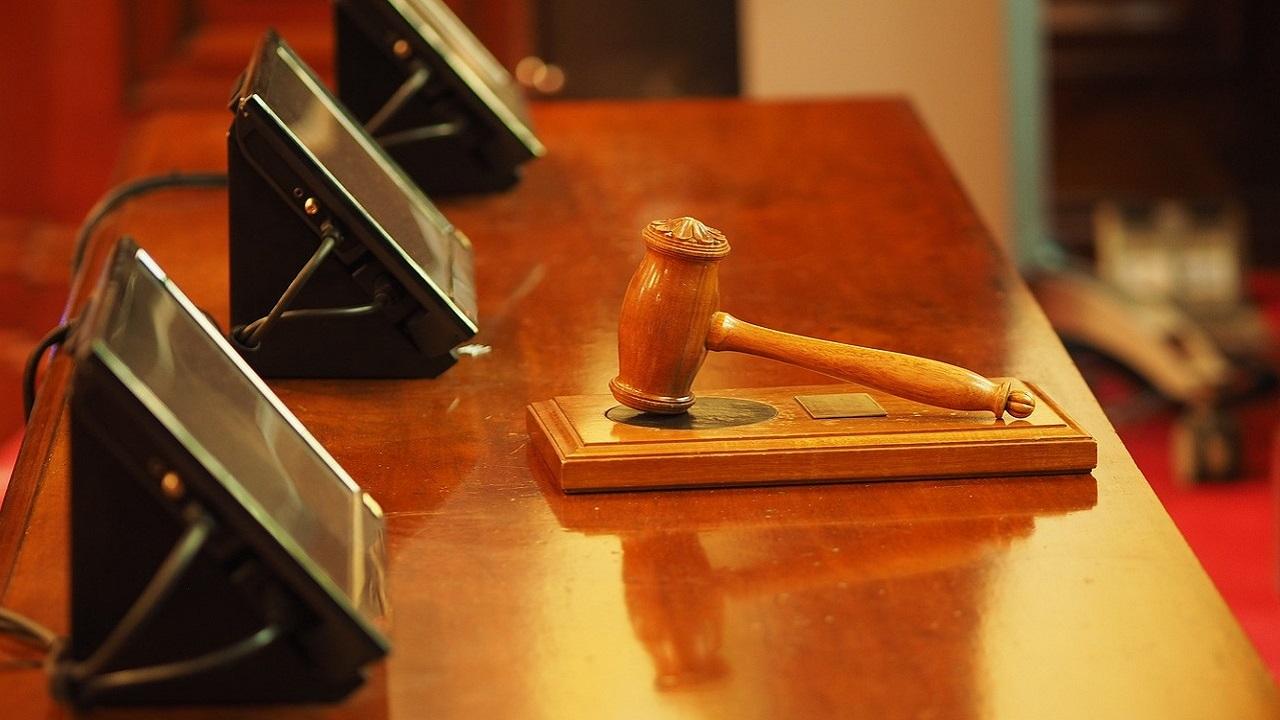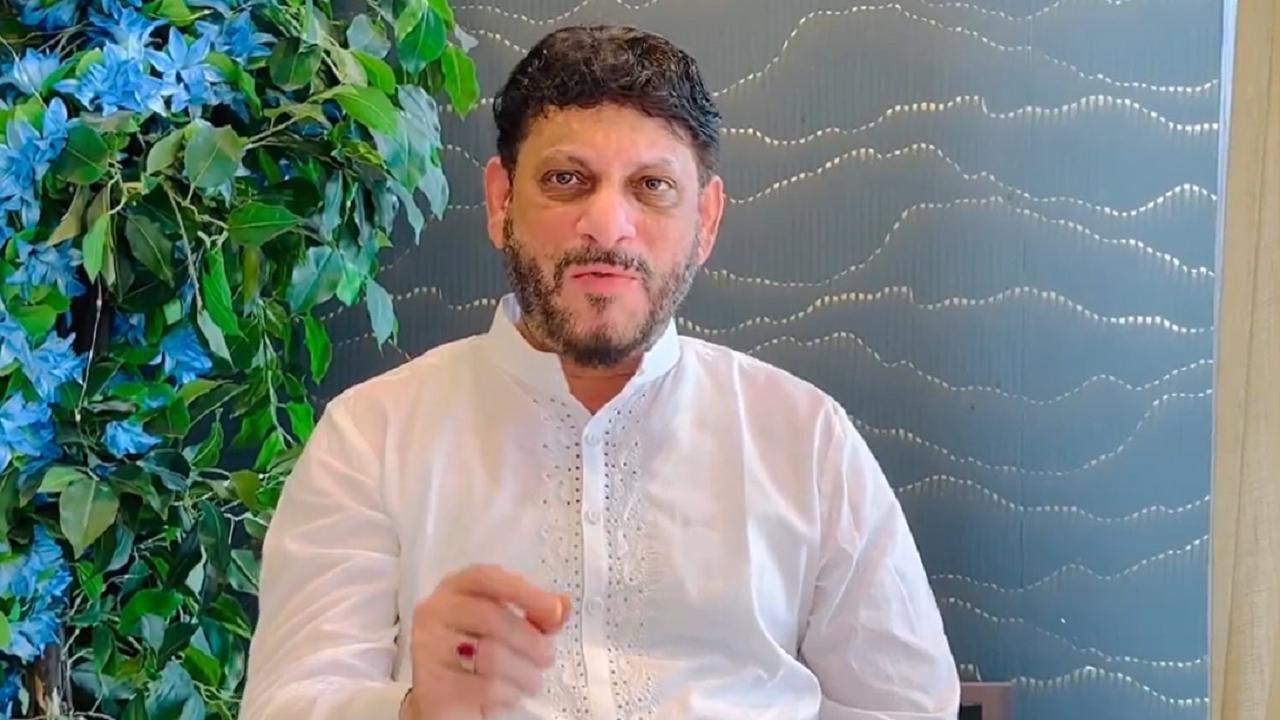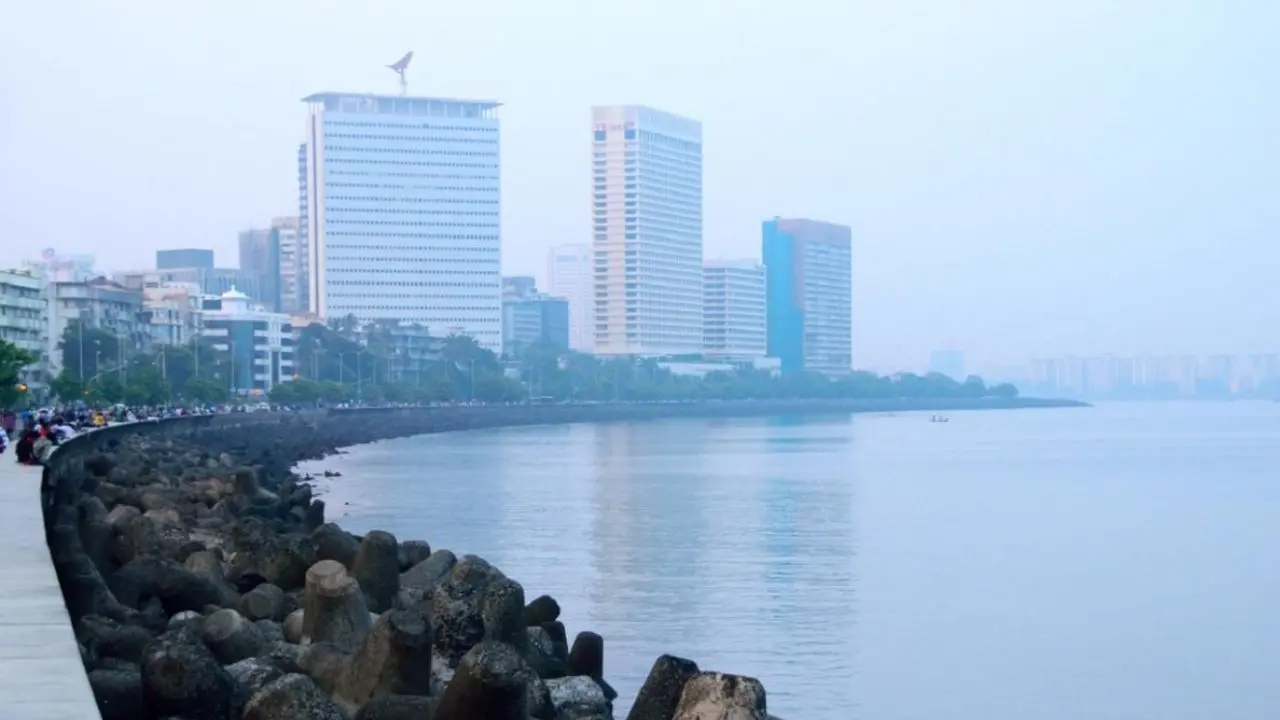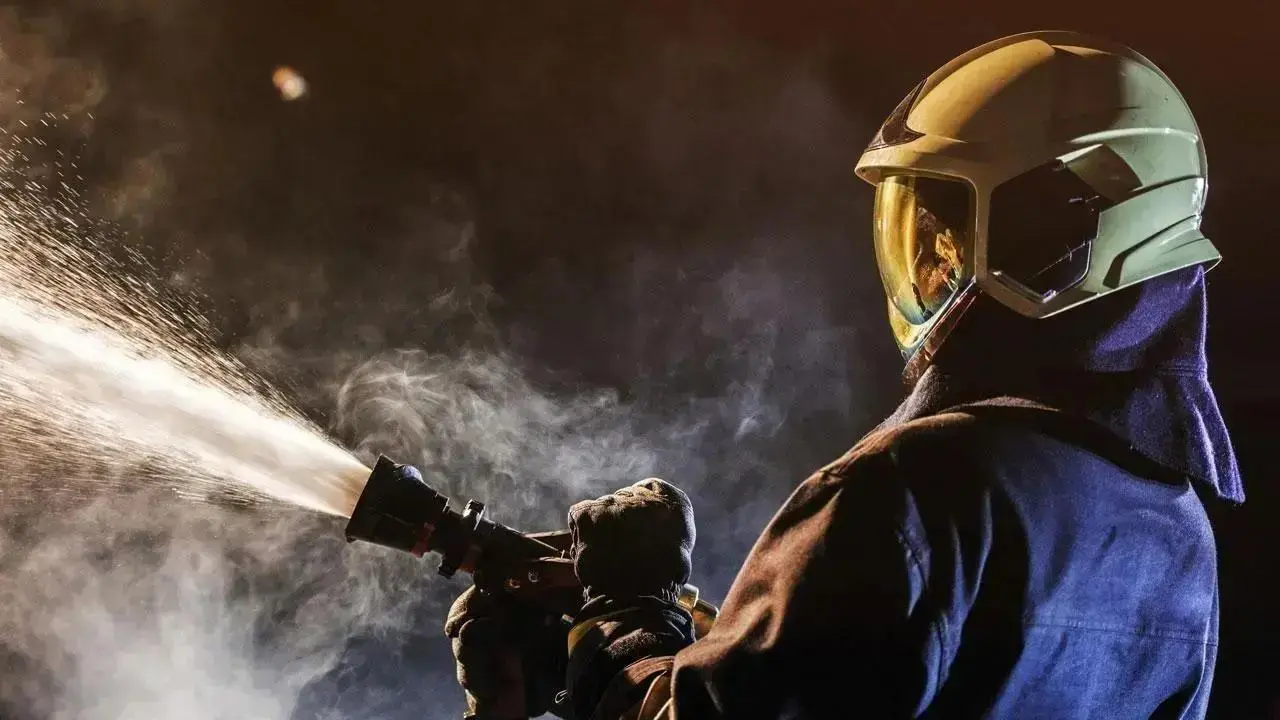Amid opposition from Dadar residents to the use of red soil at Shivaji Park, the Brihanmumbai Municipal Corporation’s (BMC) gardens department has decided to lay the same material in at least four more playgrounds in Matunga, Wadala, and Sion, which fall under the F North ward.
The decision has been taken in a bid to soften the ground, now hardened due to lack of rain in the wake of monsoon withdrawal, making it easier for children and residents to use these facilities. Red soil, with water-retention property, has the capacity to soften surfaces, according to the civic body.
An official from the gardens department in F North ward said, “The top layer of soil has hardened at each of these playgrounds. Since red soil is known to make surfaces softer, we have decided to lay it over these playgrounds. This topping will occur at select spots where the soil has hardened considerably, making it difficult for children to play and potentially harming them.”
Seeing red
Those residing around Shivaji Park have spoken out against the BMC’s decision, where 80 truckloads of red soil were laid at Shivaji Park in 2019-2021. The residents have blamed the red soil for frequent dust storms, leading to respiratory problems for locals and other problems. Following residents` complaints to the Maharashtra Pollution Control Board (MPCB), the BMC was directed to remove the red soil from Shivaji Park to reduce dust pollution.
Expert opinion
Shedding light on the composition of red soil, Sandeep Thakur, an earth expert who has worked with the Geological Survey of India, said, “Red soil retains considerably more water than black soil, lending it the property of softness. It also turns loose without water or moisture. During the dry season, this can lead to dust storms.”
Another expert, requesting not to be named, told mid-day, “Shivaji Park is a huge open space, so the problems are very different in this area. Wind plays a big role in creating dust storms from red soil. If we are to compare the composition of red soil with sandy soil, sand allows water to percolate easily, and it is also soft. This can, in principle, lead to a reduction in impact-related injuries — such as from sports activities.”
Residents speak
Ashish Savardekar, a senior athlete who has been practising at Shivaji Park for several years, said, “Red soil becomes very mushy immediately after it rains. This makes it very difficult to walk on the ground, let alone play or exercise. Often, athletes` feet get stuck, we slip, and our shoes carry the soil into adjoining areas, including footpaths and gymkhanas, leaving a trail of mud in our wake.”
Nehal Shah, a Matunga resident and former corporator, said, “Red soil is soft and retains water very easily. So, in case of the four playgrounds where red soil is being laid, we have only one contention — lay pipelines to ensure the surfaces are frequently watered so dust storms do not occur in the dry season. The BMC has not yet done that. Without a plan to water the ground daily, the laying of red soil at any playground can lead to pollution and dust storms.”
BMC`s statement
A senior official from the gardens department said, “The issue at Shivaji Park is unique because of the size of the park. Each of the four playgrounds at F North ward is hardly 2000 sq m in area. In such small spaces, maintenance is relatively easy, and we will be able to tackle to problem of dust storms if they arise.”
Location of four gardens
>> Near Nappu Hall, Telang Road, Matunga
>> Sahakar Nagar, Wadala
>> Anant Narayan Dalvi playground, opposite Sion bus depot
>> Vasanji Park, Dastoorwadi, Naigaon, Dadar East





